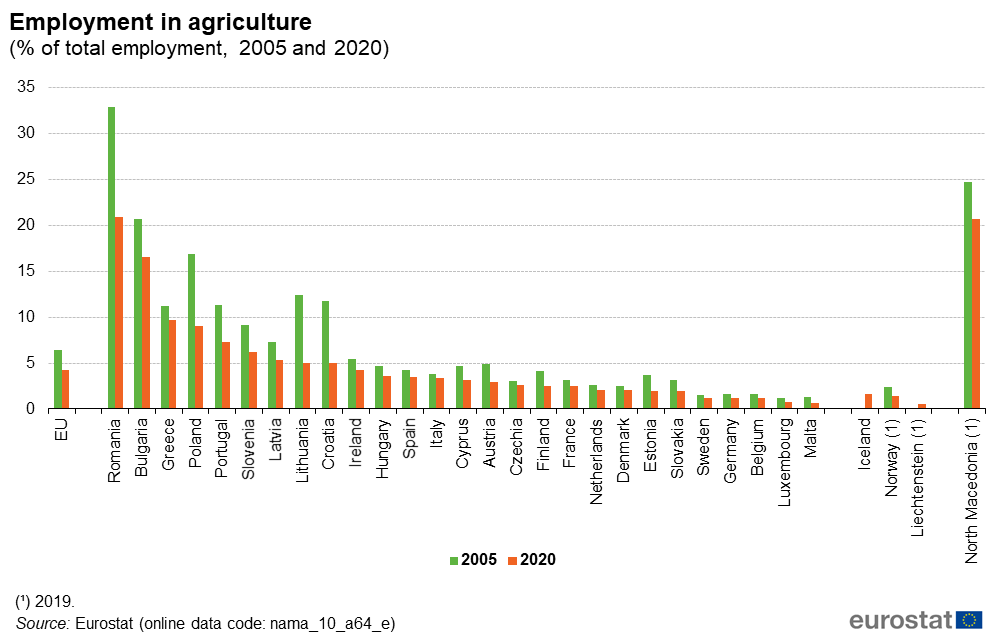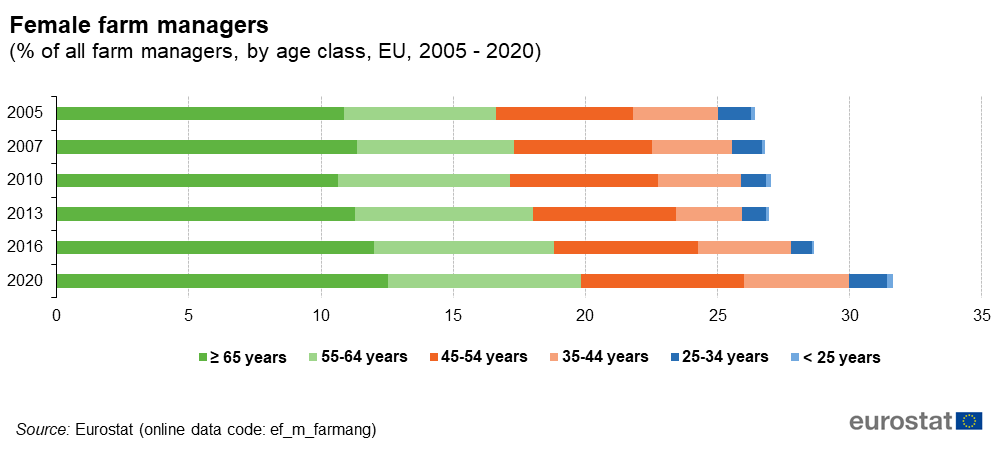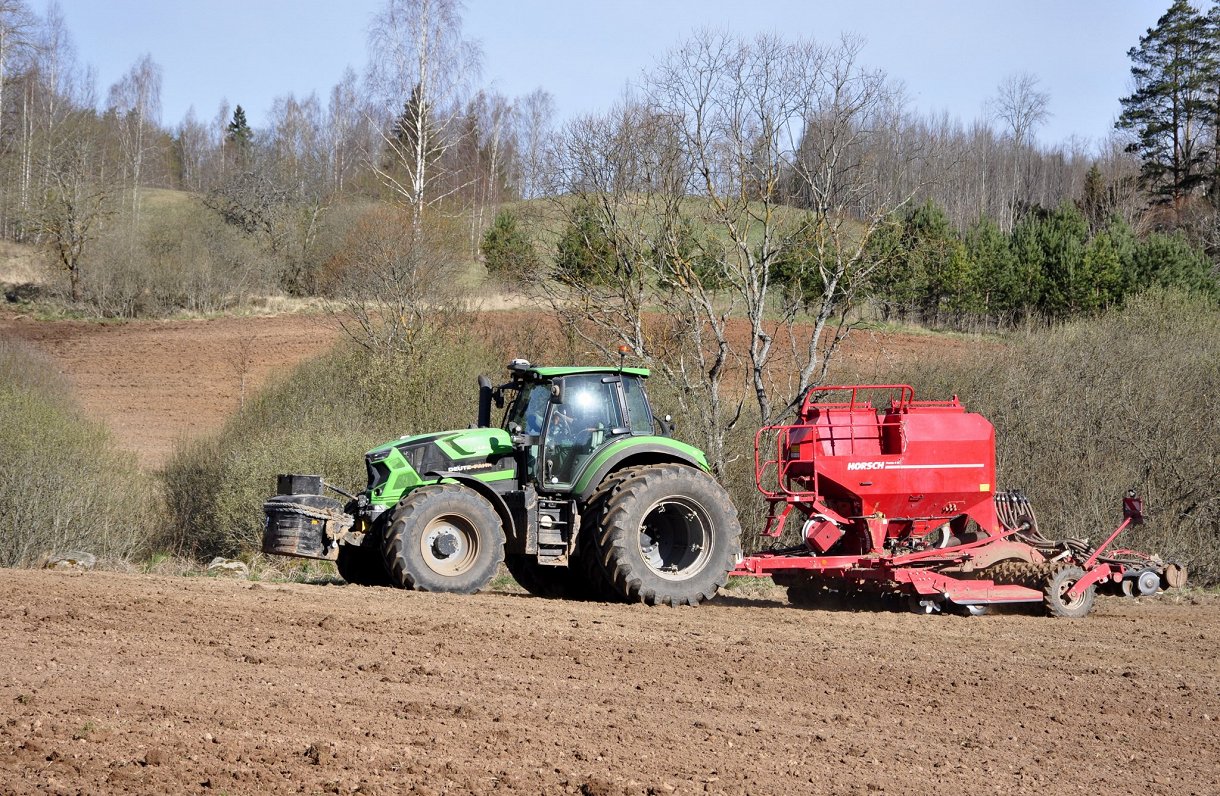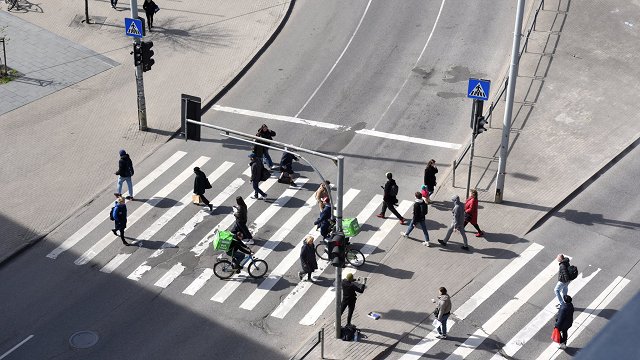People working in agriculture (crop and animal production, hunting and related service activities) accounted for about 4.2 % of total employment in the EU in 2020, corresponding to an estimated 8.7 million persons. Agriculture is a particularly big employer in Romania, accounting for a little more than one in every five persons (20.9 %) employed in the country in 2020, as well as in Bulgaria (16.6 % of total employment), Greece (9.7 %) and Poland (9.0 %). For Latvia the figure is just over 5%.

Many more people help out on farms without being employed by them. This helps explain why the EU's regular agricultural labour force is much higher, at 17.0 million people in 2020; for many of these people, farm work only represented a minor activity. Only a relatively small proportion of this regular workforce (18.7 %) worked full-time.
The gender imbalance among farmers is particularly strong in the Netherlands; only one in every twenty farmers (5.6 %) was female in 2020. Female farmers were also relatively uncommon in Malta (10.8 % of all farmers), Germany (10.8 %), Denmark (10.9 %) and Ireland (11.4 %). There was a much closer gender balance in Latvia and Lithuania (with 44.8 % and 44.9 % shares respectively of farmers that were female).
Against the backdrop of a sharp decline in the overall number of farmers, the share of farm managers that are women increased from 26.4 % in 2005 to 31.6 % in 2020 across the EU.


























